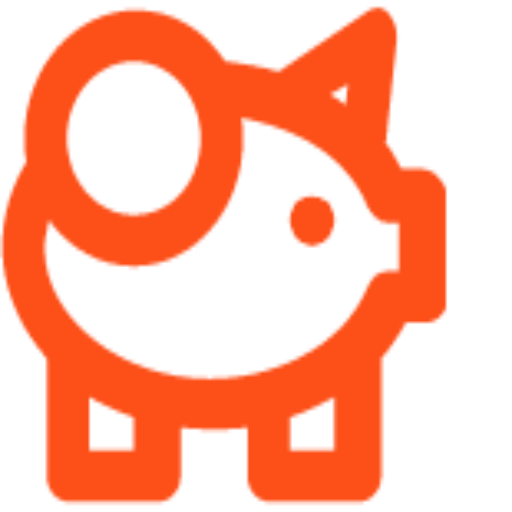Delving into the world of web development reveals the importance of efficient and effective management of component states and behaviors. Lifecycle hooks provided by frameworks such as Filament play a crucial role in this aspect, offering developers the means to tap into key moments of a component’s life. These hooks can greatly enhance the performance and predictability of web applications. Grasping their functionality is essential for creating dynamic, responsive, and robust web user interfaces. Below, we unpack the various lifecycle hooks available in Filament and their practical applications.
Exploring the Basics of Filament Lifecycle Hooks
At the core of Filament’s design philosophy is the intent to provide a seamless development experience. Lifecycle hooks are functions triggered at specific phases in a component’s existence – from creation to destruction. They offer developers a window to inject custom behavior and control at different stages of the component’s life. Understanding these hooks is fundamental for managing state, side effects, and DOM interactions.
The filament lifecycle hooks have several types, each corresponding to a specific phase. These include mounting hooks that execute when a component is inserted into the DOM, update hooks that run in response to state or prop changes, and dismount hooks that clean up when a component is removed. Grasping these concepts is pivotal for efficient component management.
Mounting hooks are often the starting point for any component-related process. They provide the initial setup required for a component to function correctly. On the other hand, update hooks allow for ongoing adjustments throughout the component’s life, ensuring it reacts appropriately to any changes. Dismount hooks prevent memory leaks and other resource issues by cleaning up before removing the element from the DOM.
By leveraging these hooks, developers can write cleaner code, separating concerns and ensuring each part of the component lifecycle is handled appropriately. Properly using lifecycle hooks can lead to more maintainable and scalable applications as the flow of components becomes predictable and controlled.
Delving into Mounting Hooks and Initial Component Rendering
The moment a component is rendered for the first time is critical, and Filament offers mounting hooks to cater to this phase. These hooks are executed before and after the element is inserted into the DOM. This is where developers specify any initial state values, fetch data, or perform DOM manipulations necessary for the component to work correctly.
Before a component is mounted, it must often configure itself or obtain certain resources. Pre-mount hooks allow developers to set the stage for the component, ensuring everything is in place before it becomes visible. The immediate post-mount hook is equally important, as it signifies that the element is now part of the DOM, and any state updates or renders will now lead to actual changes on the webpage.
Effective use of mounting hooks can greatly enhance perceived performance. For example, fetching data in a pre-mount hook means it can potentially be available as soon as the component appears to the user. Additionally, setting up any listeners or subscriptions post-mount ensures that the element is interactive from the moment it is displayed.
Mounting hooks are especially beneficial in rendering complex components or integrating third-party libraries requiring DOM presence. They help solidify the foundation of the component, preparing it for any interactions or updates to come. Proper use of these hooks often leads to a smoother and more reliable user experience.
Implementing Custom Hooks for Enhanced Component Control
Beyond the standard lifecycle hooks, Filament also enables the creation of custom hooks. These give developers even more fine-grained control over their components, allowing the introduction of reusable logic across multiple parts of an application. Custom hooks can be designed to handle specific tasks or interactions, acting as building blocks for complex functionalities.
Creating custom hooks follows the pattern and principles of the built-in hooks but with the added flexibility to tailor them to specific needs. They can be triggered at any point in the lifecycle and wired into various actions, states, and events. This customization leads to modular and cleaner code, encapsulating unique behaviors or side effects in their logic segments.
The utility of custom hooks cannot be overstated. They can, for instance, sync with external APIs, manage focus states or form validations, and even control animations. Multiple components can utilize these hooks, benefiting from the centralized logic and promoting consistency throughout the application.
Altogether, understanding and utilizing Filament’s lifecycle hooks allows developers to create more efficient, maintainable, and dynamic web applications. By leveraging mounting, updating, dismounting, and custom hooks, developers can gain greater control over component behavior, leading to smoother user experiences and improved performance.

MoneyMantra, is a passionate content creator with over 5 years of experience in writing about the intersection of technology, business, finance, education, and more. With a deep understanding of how these fields empower both individuals and businesses





